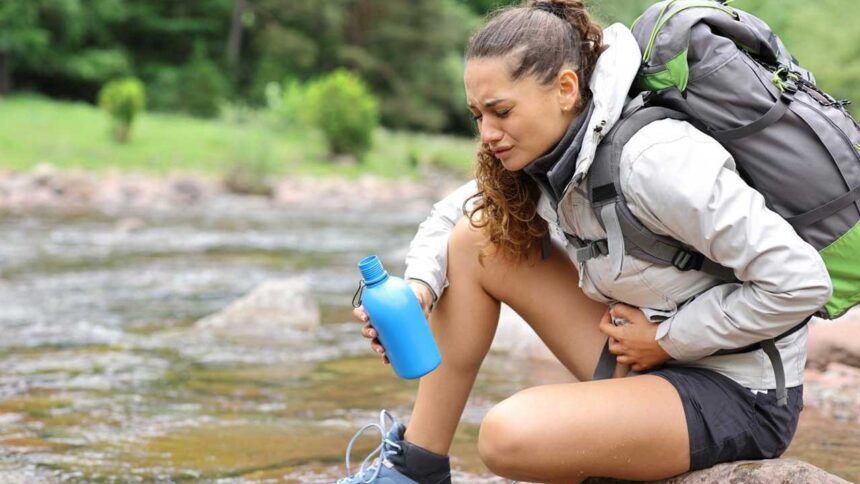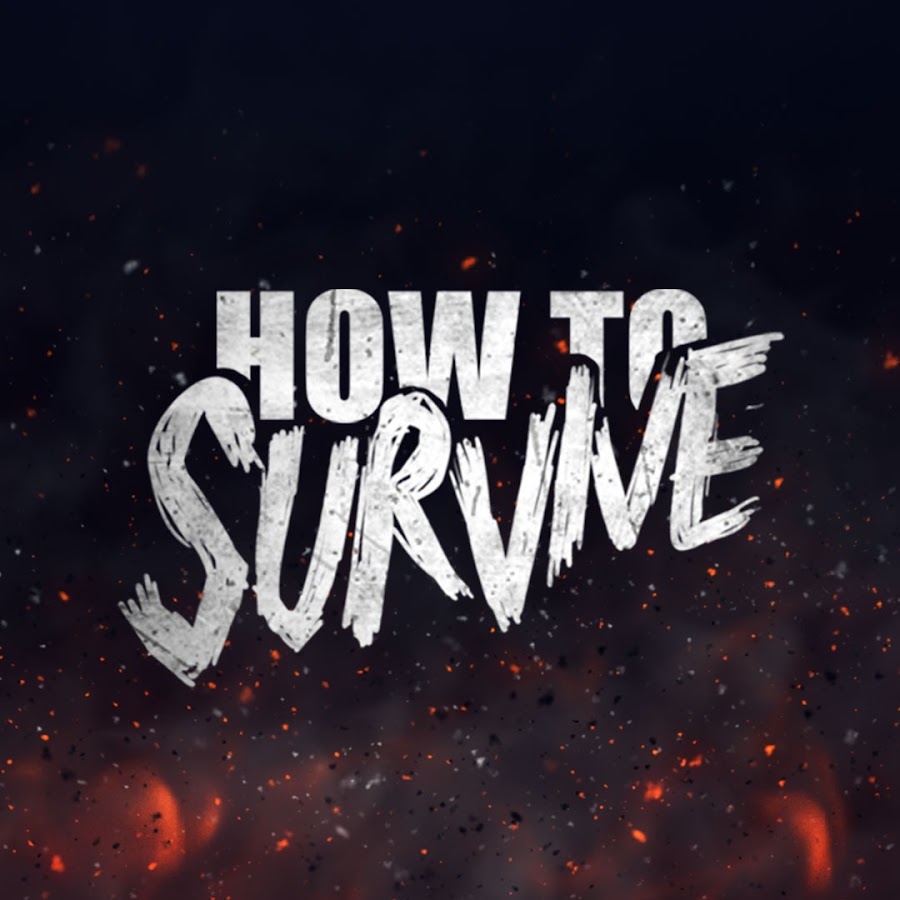The infinite possibilities that nature offers have created a boom in demand for activities in the natural environment. According to Navarrete and Domingo Blanco, for years, society has been participating in many changes, including the return of human beings to the countryside. The truth is that more and more people are visiting the natural environment to disconnect and enjoy its various leisure options.
When carrying out an activity in the natural environment or outdoor sports, you must always be equipped with elements that can be useful in that environment. A backpack is the best tool to carry everything you need and enjoy the day. But it should also be taken into account that behind all the leisure, events that ruin a day to remember can occur.
Knowing how to intervene with first aid techniques in an accident in the natural environment is essential. The Intermediate Degree of Technical Guide in the Natural Environment and Free Time (TECO) teaches how to carry out this intervention efficiently in some subjects.
Basic first aid in the Natural Environment
In the natural environment, some situations may not be accounted for and must be responded to alter as little as possible the dynamics of activities in this environment to reduce the potential risks of suffering an accident.
To carry this out, the first thing to be clear about is what first aid is: a set of techniques and actions that make it possible to care for an injured person from the moment the unforeseen event occurs until the health services arrive, trying not to make the situation worse. Of the victim. There is a logical sequence and an action protocol called Basic Life Support (SVB) for this.
A simple sting, bite, wound, burn, sprain, or dizziness can be one of those inconveniences that must be dealt with, and for this, two aspects must be taken into account:
- It would be best to try to be trained or at least know how to perform basic first aid. Following a water and land rescue protocol or learning how the chain of survival works can also be helpful.
- It would be best if you remained calm. In stressful situations, depending on the severity of the problem, you have to control your emotions and anxiety since getting nervous will only worsen the situation.
Even anticipating these aspects, it is possible to suffer an accident in the natural environment. For this reason, it is also necessary to quickly analyze the conditions in which the emergency occurred and what the environment offers. Once this is done, the PAS (Protect, Warn, and Help) protocol will be developed.
Recommendations in case of an accident in the natural environment
Before intervening in an accident during physical activity in the natural environment, an assessment of the situation, the victim, and his condition must be carried out to act most appropriately. Once the fundamental constants (consciousness, breathing, and traumatic state) have been observed, one must wait for medical attention to arrive. These are some of the recommendations :
- The first rule to keep in mind is prevention. Subsequently, the injured party, ourselves, and those present will be protected from any risk that could be suffered.
- Do not move the victim if there are signs of a muscular injury. The golden rule is not to do more damage.
- Warn 112. It is an emergency number that can be used even if you do not have coverage.
- Assess the consciousness of the injured person if he responds to stimuli, speaks, or listens. Later we look for respiratory distress.
- Reassure the victim is conscious. Talk to him and explain what you are doing at all times.
- If nausea or vomiting occurs, the victim’s head should be turned to the side (lateral safety position) to avoid aspiration.
- If the injured person has wounds or bleeding, try to plug them in to control blood loss.
- No stimulant drugs, alcohol, or food should be administered.
- Never leave a person alone in an accident. This action is called relief omission and is punishable by law. It is mandatory to care for her and help her prevent her situation from worsening until medical assistance comes.
General First Aid Recommendations in the Natural Environment
- Carry a first aid kit with plasters, bandages, adhesive tape, saline solution in capsules, scissors, tweezers, pain relievers, gloves, and a thermal sheet. The briefcase must be well organized and controlled since the expiration of the elements that compose it is essential.
- Carry well-dosed food and water supplies to take up as little space as possible in the backpack. It is advisable to bring energy bars; these can be vital in extreme situations.
- Wearing comfortable shoes and clothing is a great help to function in the natural environment and avoid chafing or odd setbacks.
- Always carry a mobile phone. With enough battery, emergencies can be called (112) if there is any accident in the natural environment, and they must intervene. It is also advisable to notify a friend or relative about the destination.
In short, we must not forget that knowing how to apply first aid in an accident in the natural environment is very important. Still, it is also essential to understand how to enjoy nature responsibly. Any physical activity in the natural environment provides a dose of happiness and harmony that makes the environment improve the physical condition of human beings.










